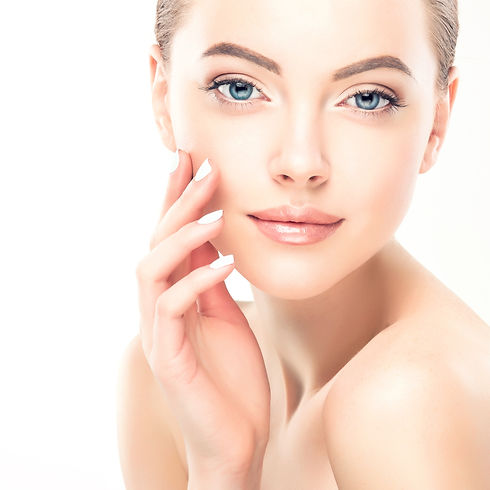
Threadlift
For Tightening & Facial Sculpting
In Relation To:
-
Forehead Lifting
-
Infraobital Wrinkles
-
Nose
-
Malar Folds
-
Nasolabial Folds
-
V-Line & Jaw Lift
-
Mental Folds
-
V-Chin
-
Neck Wrinkles
A thread lift is a type of face lift that is often referred to as the “lunch hour lift”. This is down to its simplicity and the time taken to carry out the procedure.
If you would like a face lift but are put off by traditional surgery or don’t want to be put under general anaesthesia, then you should consider a thread lift. Threads lifts are minimally invasive, can be carried out under local anaesthetic, offer quick recovery and excellent results. This procedure requires a minimum amount of non-invasive surgery and leaves no scarring. Local anaesthesia is all that is required and there is no hospital stay required. A thread lift is more affordable than a face lift and the results are long lasting. If you are looking for a quick and effective solution to a range of aging problems, then a thread lift is a solution you should consider.
Threadlift Treatment Procedure
-
First, a tiny entry will be made by the ear.
-
Following that, fine threads are advanced along pre-marked contours.
-
Your body then starts to produce new bundles of collagen which surround each thread.
-
This, in turn, creates a subtle yet effective lift.
-
The results look natural and give a rejuvenated and refreshed look.


Potential Risks
-
Level of risk is often down to the expertise and experience of the doctor carrying out your procedure.
-
Thread lifts can cause minor side effects such as infection, bruising, swelling, tenderness, numbness and slight asymmetry.
-
What are the threads made of?
The threads are made from PDO polydioxanone which is an absorbable suture material made by Ethicon. The inflammatory reaction is minimal but sufficient to create new collagen around the thread. Once inserted, the number of threads criss-crossing the skin create volume and lift rather than the action of one single thread. The popularity of PDOs threads can be attributed to the safety of polydioxanone, ease of insertion of the threads, excellent results, minor side effects and the low instance of complications.
-
What areas can be treated with a thread lift?
Absorbable Polydioxanone (PDO) threads provide the ideal solution to lift eyebrows and skin under the eyes, the mid face by lifting loose and sagging skin thus reducing the deep lines and folds while lifts sagging cheeks and skin around the mouth. It also lifts the lower face, by adding definition to the chin and jaw line and tightens jowls, loose skin under the chin (Double chin) and sagging neck. Most areas of sagging skin in the face can be lifted Dr Mendis will personalise your treatment to suit your exact needs.
-
How long does a thread lift take?
A typical thread lift takes as little as one hour to perform, but the length will depend on the number of threads the doctor uses and the areas being treated.
-
What happens after the procedure?
Once the procedure is complete you will be provided with aftercare instructions to follow. Most patients experience some mild swelling and bruises, but these are usually quick to settle. Recovery times are usually less than one week although strenuous exercise should be avoided for between 2 and 3 weeks.
-
How long do the results last?
A thread lift’s lasting power depends on the age of the patient at the time of procedure and how much sagging the thread lift has corrected. It should be noted that sagging will return over time, but many doctors report that the results last for anything between 2-3 years. To extend the results it is possible to have additional threads inserted and your doctor can advise you when this is required.

